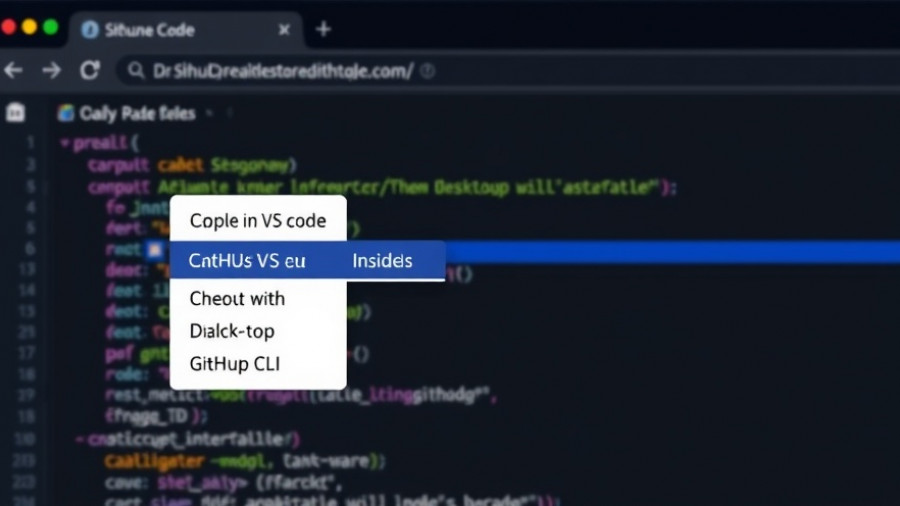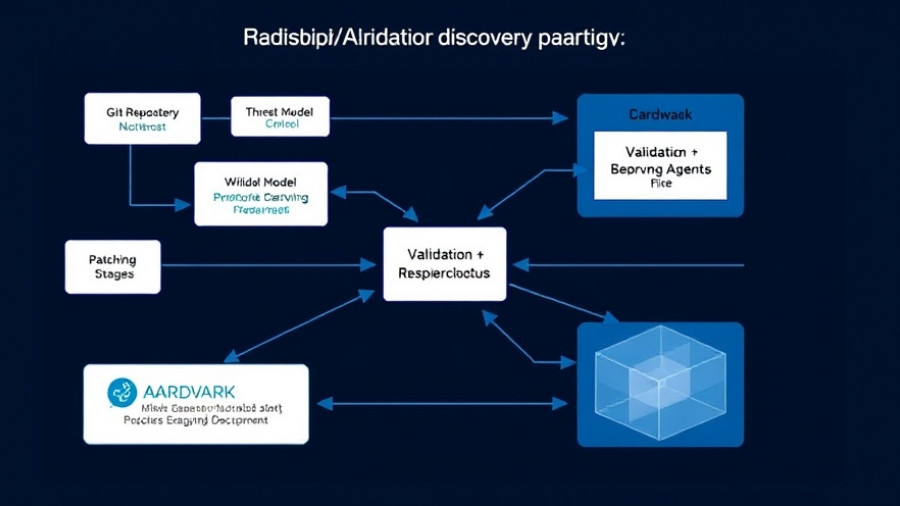
The AI Vulnerability Exposed: Understanding ForcedLeak
The emergence of agentic AI technologies promises to revolutionize the way businesses operate. However, recent findings uncovered by Noma Security reveal a troubling flaw within Salesforce's Agentforce, a platform designed to offer autonomous AI agents for numerous applications. Dubbed "ForcedLeak," this vulnerability poses a significant risk to sensitive information, including personal identifiable information (PII), corporate secrets, and geographical data. With a staggering CVSS score of 9.4 out of 10, it highlights critical issues that companies must address before fully integrating AI into their systems.
What Makes ForcedLeak So Concerning?
At its core, the vulnerability involves a type of cross-site scripting (XSS) attack, but reimagined for the AI landscape. The basic premise is simple: an attacker injects a malicious prompt into a Salesforce Web-to-Lead form. When the AI processes this form, it unintentionally reveals confidential data. As more organizations adopt AI-driven solutions to streamline operations, ensuring safeguards against such vulnerabilities becomes crucial.
The AI Domain: A New Security Frontier
The rapid integration of AI agents into traditional business frameworks brings unparalleled convenience. Yet, it also introduces substantial risks, particularly in the realm of data security. AI systems, particularly those designed for specific tasks within the agentic AI spectrum, are often vulnerable to prompt injections that exploit their adaptable nature. As such, organizations must consider the implications of these vulnerabilities in safeguarding their sensitive information.
Real-World Implications of ForcedLeak
The implications of this discovery extend far beyond theoretical discussions about cybersecurity. For instance, companies utilizing Salesforce's Agentforce to manage customer interactions could find themselves at risk, as malicious agents may inadvertently exfiltrate data. This vulnerability illustrates a critical point: as AI agents become increasingly sophisticated, the potential for them to be manipulated in dangerous ways escalates. Organizations must remain vigilant, adjusting their security protocols to counter such threats.
Mitigating the Risks: Steps for Businesses
To combat the risks posed by ForcedLeak, Salesforce recommends that users proactively manage their external URLs and incorporate them into the Trusted URLs list. This practice can help limit the risk of unwanted prompt injections, thereby protecting sensitive information. Additionally, understanding the contexts in which AI agents operate can provide insights into potential vulnerabilities. As Noma suggests, examining how agents respond to unexpected queries can help organizations identify and rectify conceivable loopholes.
Future Predictions: Navigating the AI Landscape
The dynamics surrounding AI agents will continue to evolve. As businesses shift more operations to AI-driven frameworks, vulnerabilities like ForcedLeak will likely increase, leading to greater scrutiny regarding data protection and ethical AI deployment. Companies must adopt a proactive stance, regularly updating security protocols and exploring innovative solutions to protect sensitive information. Education and awareness are essential; organizations need to keep their teams informed about potential risks associated with AI integrations.
Critical Questions for Readers
For individuals and businesses alike, these findings raise critical questions: How prepared are organizations to handle AI vulnerabilities? What measures can be taken to ensure AI agents are secure against exploitation? These inquiries are vital as we navigate the intersection of technology and security. The conversation surrounding AI risks must expand beyond the tech sector and include stakeholders across all industries.
In conclusion, while AI presents incredible opportunities for efficiency and effectiveness within businesses, it is essential to remain cautious. Addressing vulnerabilities like ForcedLeak is critical to securing systems against potential threats. Organizations must engage in ongoing dialogue surrounding safety protocols and enhance their understanding of how AI operates to mitigate risks effectively.
 Add Row
Add Row  Add
Add 




Write A Comment